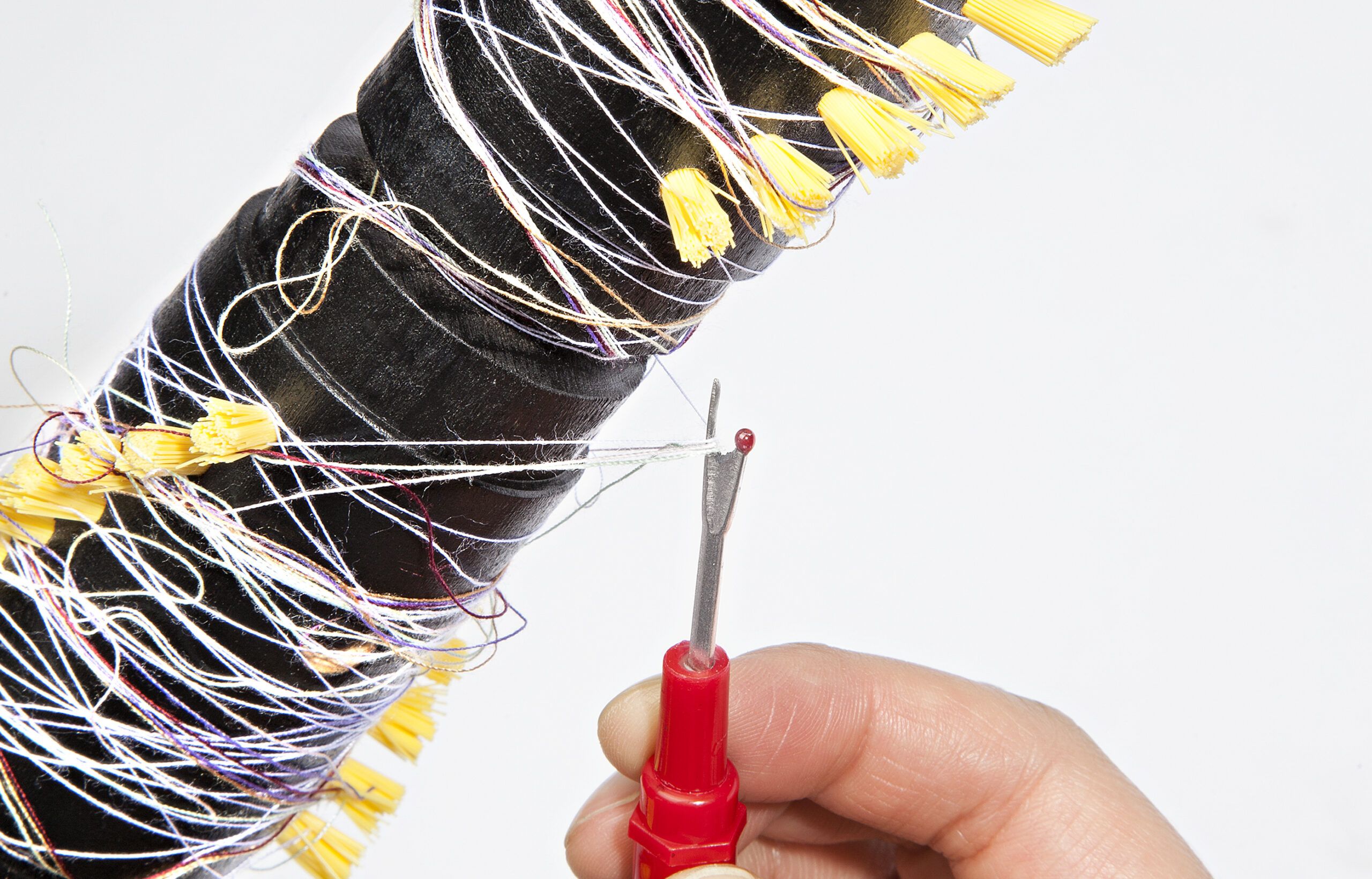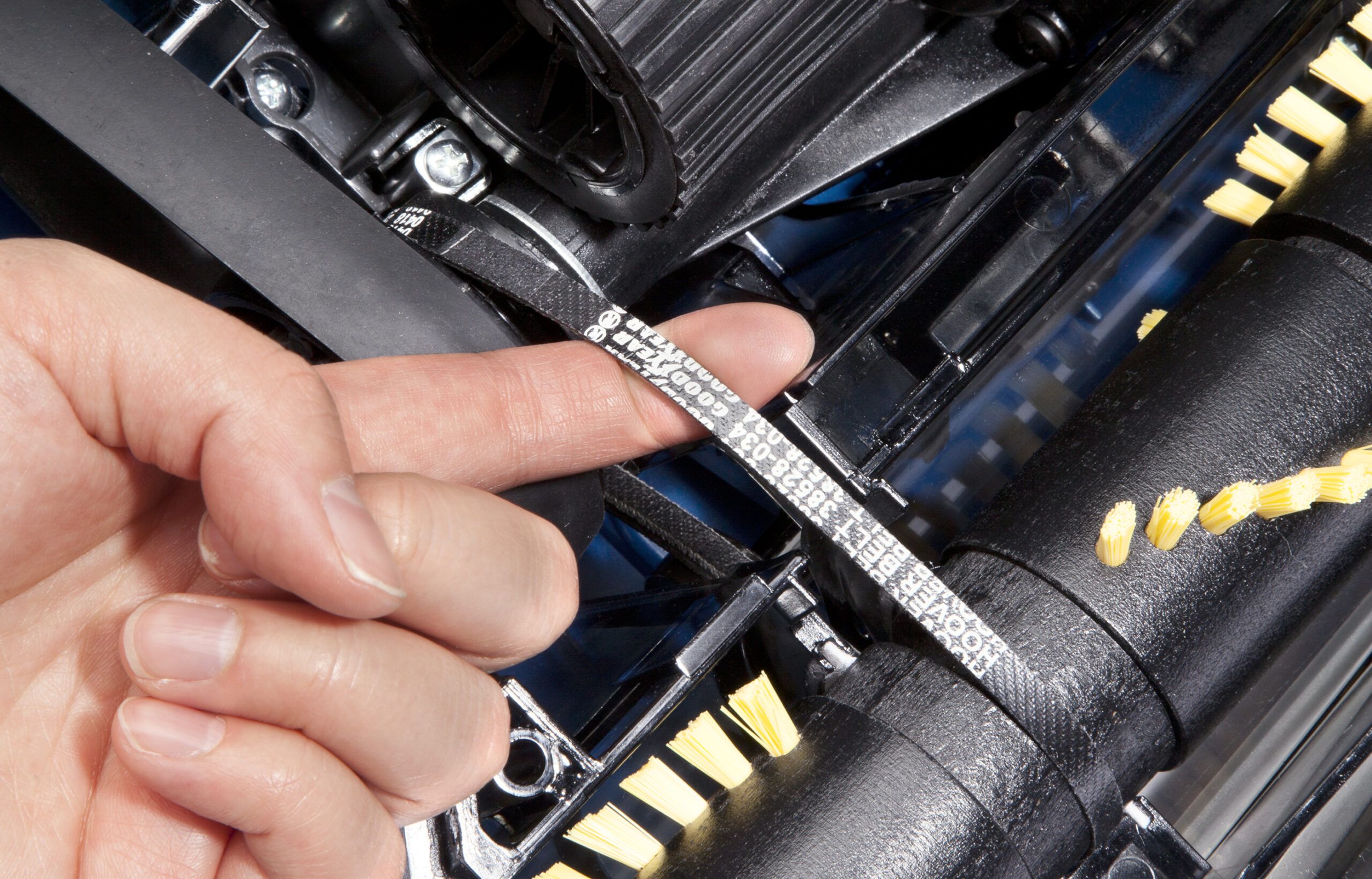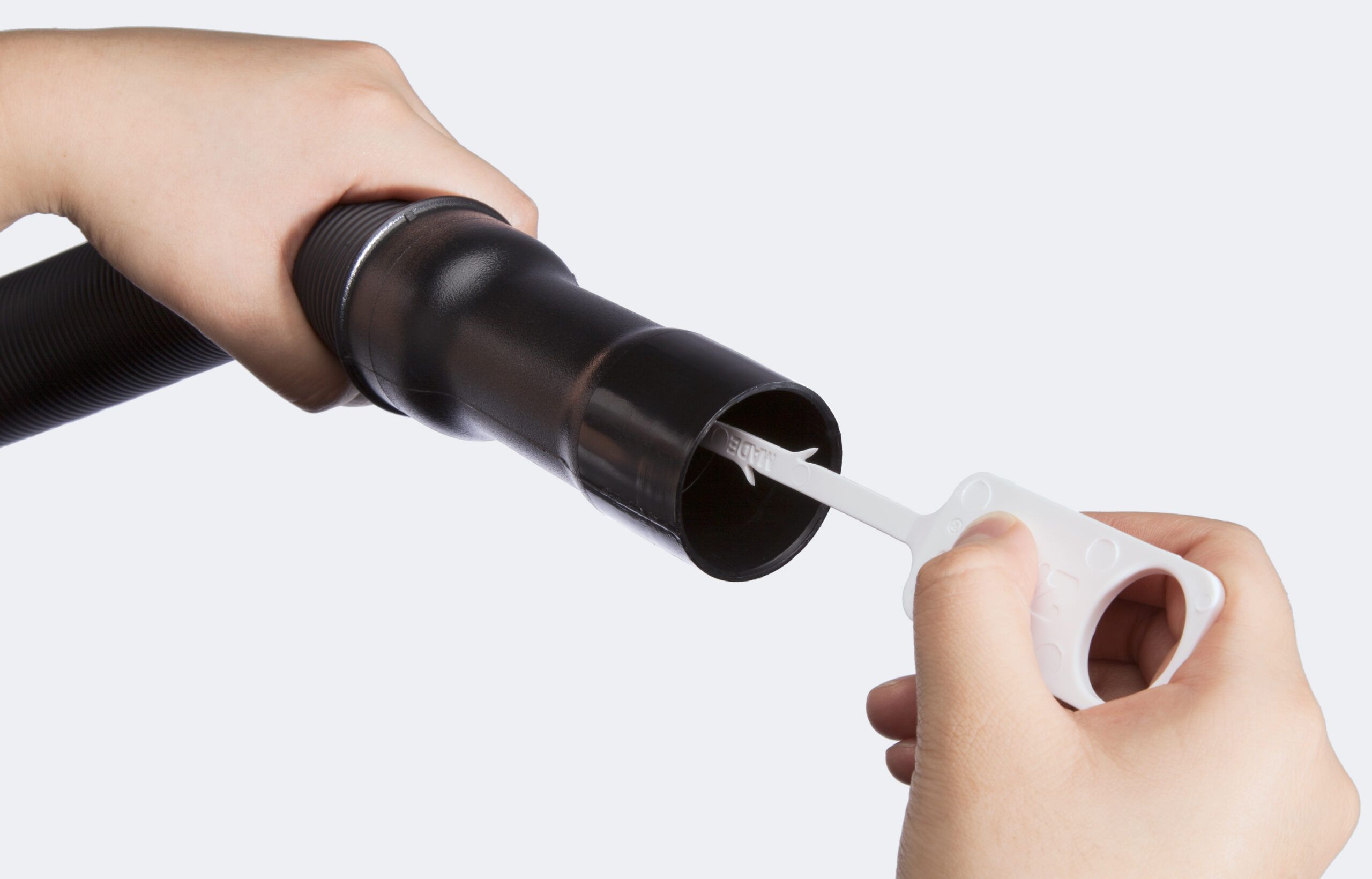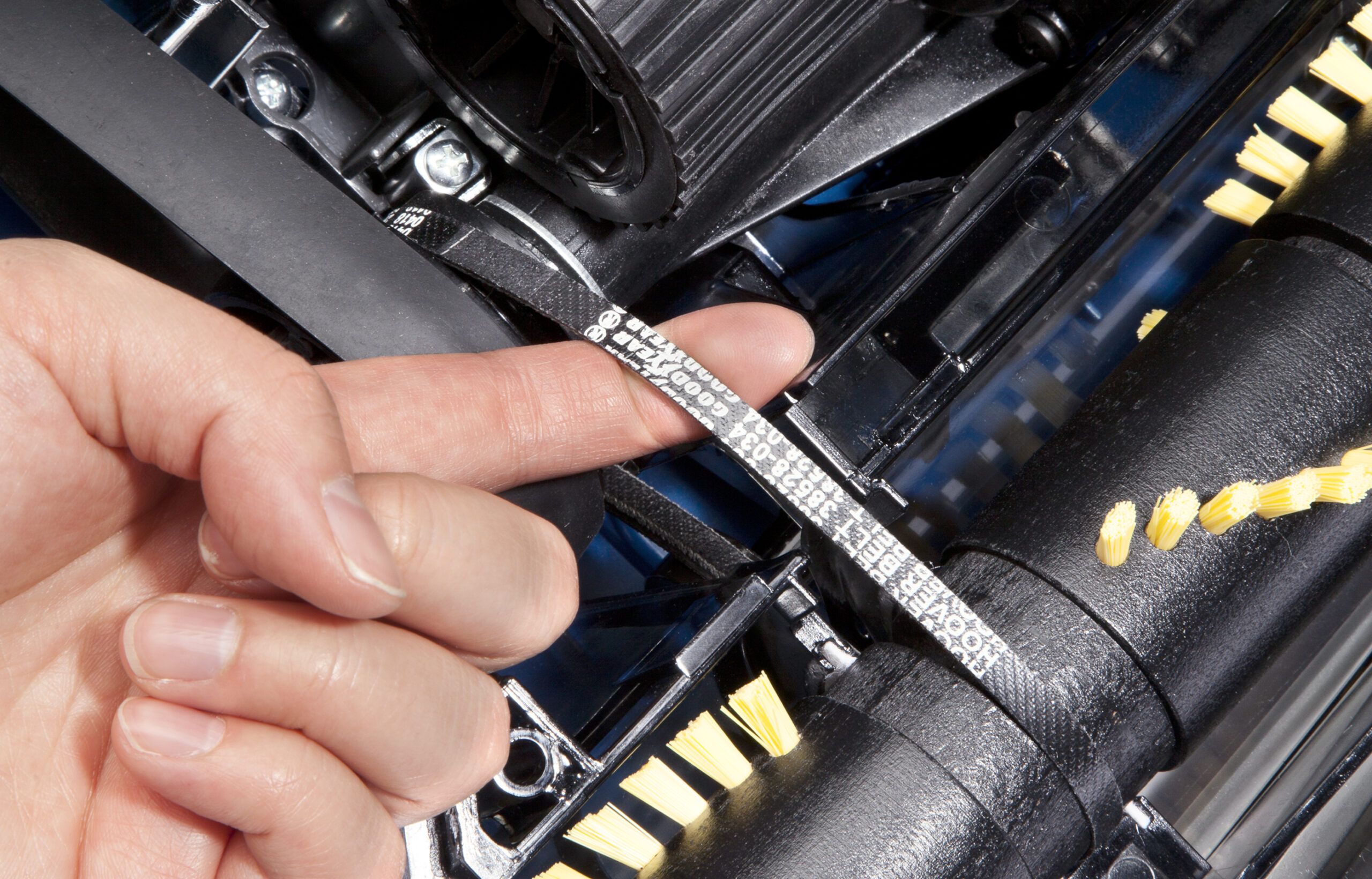Did you know that your vacuum cleaner needs tuning up every now and then? Regular maintenance helps your vacuum work better and last longer. This guide will walk you through how to tune up your vacuum so it keeps cleaning your home efficiently.
Is Your Vacuum Losing Suction?
If your vacuum cleaner seems to be losing its cleaning power, it probably needs routine maintenance. A quick tune-up can restore its performance and keep it running smoothly.
Before you get started, make sure you have a screwdriver, scissors or a seam ripper, and a flexible plastic drain snake handy. You may also need replacement filters or belts, depending on your vacuum’s condition. Don’t forget to unplug your vacuum before diving into any maintenance work.

Brush Roll (Beater Bar)
The brush roll, or beater bar, is a key player in how well your vacuum cleans. It stirs up dirt from carpet fibers, allowing your vacuum to pick it up. Over time, hair and debris can tangle around the brush, which can lead to decreased efficiency and added strain on the motor.

To clean the brush roll, follow these steps:
- Flip your vacuum cleaner upside down and locate the brush roll.
- If possible, detach the brush roll from the vacuum head.
- Use a seam ripper or scissors to carefully cut away any tangled hair or fibers.
- Remove the debris by hand or with tweezers.
- Wipe the brush roll clean with a damp cloth.
- Allow it to dry completely before reattaching.
Belt
The belt drives the brush roll, and a worn-out belt can significantly affect your vacuum’s cleaning ability. If you notice a burning rubber smell, slower brush roll speed, or the roll not spinning at all, the belt likely needs replacing.

We typically recommend replacing the belt every three to six months, depending on usage. Here’s what you need to do to check and replace the belt:
- Locate the belt compartment, usually near the brush roll.
- Remove the old belt and inspect it for signs of wear or damage. If the belt is stretched, cracked, or broken, you’ll want to replace it with a new one.
- Ensure the new belt is the correct size and type for your vacuum model.
- Install the new belt, making sure it’s properly tensioned.
Hose
A clogged hose can reduce your vacuum’s suction. Cleaning the hose regularly helps prevent blockages. Start by disconnecting it from the vacuum body and visually inspecting it for obstructions. If there’s a blockage, use a flexible drain snake to remove it. For stubborn clogs, try flushing the hose with warm water, then let it dry completely before reconnecting. Replacing the hose is often the more practical option if you notice any cracks or holes.

Filter
Filters play an important role in trapping dust and allergens to keep the air in your home cleaner. The type of filter in your vacuum will determine how often it needs cleaning or replacing:
- Disposable filters: These should be replaced every four to six months or more frequently if you have pets or allergies. Check them monthly and swap them out if they look dirty or clogged.
- Washable filters: This type of filter needs to be cleaned every eight weeks. Rinse it thoroughly with cool water and let it air dry before reinstalling.
- HEPA filters: These filters require replacement every six to twelve months, but always follow your vacuum manufacturer’s instructions.

Additional Vacuum Cleaner Maintenance Tips
To keep your vacuum cleaner in top condition, complete these maintenance tasks:
- Clean the exterior: Wipe down the vacuum’s body with a damp cloth to remove dust and dirt buildup.
- Check the wheels: Make sure they spin freely, and remove any tangled hair or debris.
- Inspect electrical connections: Look for any frayed wires or loose connections that may need repair.
- Empty the dust bag or canister: Do this after each use to maintain suction power and prevent odors.
- Lubricate moving parts: Apply a small amount of lubricant to wheels and other moving parts as recommended by the manufacturer.
Performing these additional tasks will help extend the life of your vacuum and maintain its performance.
Troubleshooting Common Issues With Vacuum Cleaners
Even with regular maintenance, you may encounter some common vacuum cleaner problems. Here are some common issues and their solutions:
- Loss of suction: Check for clogs in the hose, brush roll, or filters.
- Strange noises: Inspect for loose parts or objects caught in the brush roll.
- Overheating: Maintain proper airflow by checking for blockages and clean filters.
- Uneven cleaning: Examine the brush roll for wear and to ensure it’s spinning freely.
- Vacuum won’t turn on: Check the power cord, outlet, and fuse or circuit breaker.
Our Conclusion
Giving your vacuum regular tune-ups will keep it running smoothly and help it last longer. By following these steps and tackling any issues early, you’ll ensure your vacuum keeps your home clean and fresh. Always refer to your vacuum’s manual for specific instructions, and remember to unplug it before doing any maintenance.

